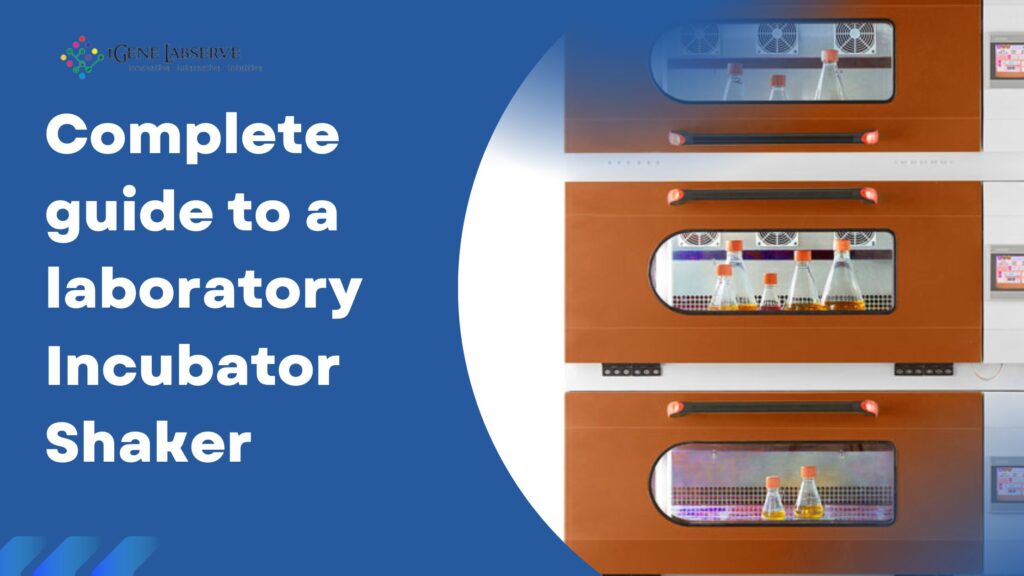One sort of lab apparatus used to incubate and shake samples at a set temperature and shaking speed is a laboratory incubator shaker. This post will discuss all information about incubator shaker, its types and its advantages.
Important working principle of an incubator shaker
A laboratory incubator shaker works on a straightforward principle: it creates a controlled environment in which samples can grow and develop while simultaneously delivering mechanical agitation to simulate the movement of cells naturally occurring in their surroundings. This movement is usually accomplished by using a motor in conjunction with a platform or tray that the samples are put on. It might take the shape of shaking, rocking, or rotating.
- For a number of reasons, shaking can be employed to encourage the growth and development of cells and microorganisms in a laboratory incubator. Increasing the cells’ oxygen supply is one of the reasons. Oxygen is a crucial component in many cell culture applications that can impact the development and metabolism of cells. By enhancing the diffusion of oxygen into the medium, shaking the culture can increase the amount of oxygen available to the cells.
- In order to better uniformly distribute nutrients and other growth elements, shaking can also be utilized to mix the cells and medium in the incubator. This can be crucial when the cells depend on a steady flow of nutrients to survive and are susceptible to changes in their surroundings.
- Shaking has further advantages in that it can lessen the chance of contamination by agitating the medium and cells, which can stop the formation of undesirable microbes. Additionally, it can be used to stop silt or other solid objects from building up at the bottom of the incubator, which could obstruct the growth and development of the cells.
Types of laboratory incubator shakers
There are several types of incubator shaker available, each designed to meet specific needs and requirements. Some incubator shaker are designed for low-speed shaking, while the others are capable of high-speed shaking. Some are equipped with temperature control, while others are not. Let’s discuss about its advantages to know more about it.
Advantages of incubator shaker
The ability to cultivate cells and microorganisms under controlled conditions in a lab environment is one of the key benefits of utilizing a laboratory incubator shaker. The synthesis of enzymes, the investigation of cell metabolism, and the testing of medications and other substances are only a few uses for this.
Laboratory incubator shakers provide several benefits beyond only offering a regulated environment for the growth and development of cells and microorganisms. In addition to helping to minimize contamination and save time and effort by automating the shaking process, they may be used to disperse cells or samples equally. For further information, contact IGene Labserve at 09310696848 or via their website at https://www.igenels.com/.

